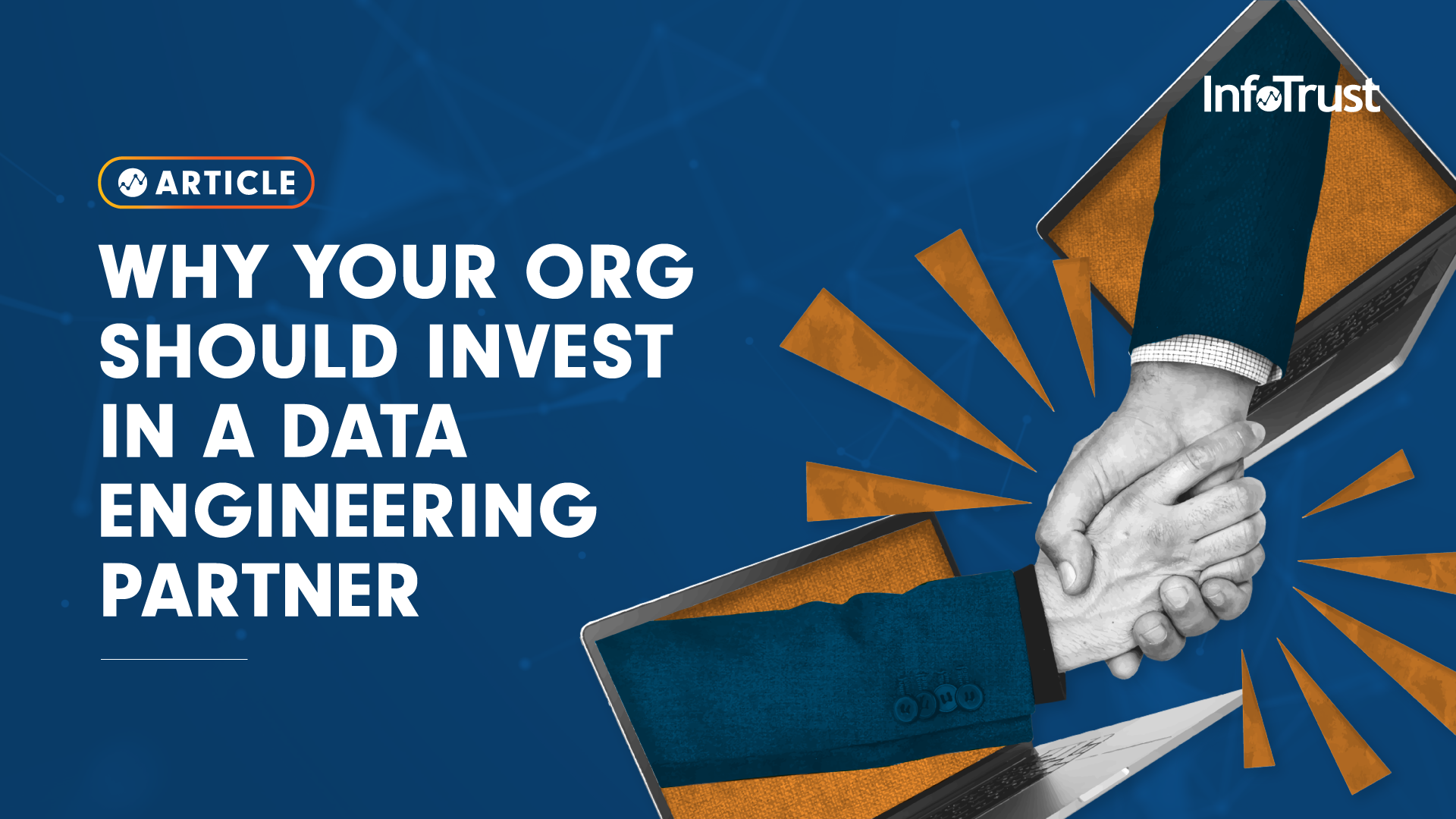As we write this article, millions of people are in the process of leaving their roles for new opportunities at different organizations with higher wages, better benefits than their previous employer, etc. This movement, known as the Great Resignation, shows no signs of slowing down. Just in January of 2022, 4.3 million people quit their jobs and there were 11.3 million job openings.
As these workers leave for new opportunities, their former organizations then have to begin two processes:
- Go through the hiring process for a new team member to take on the previous employee’s responsibilities, projects, etc., which can take up time from a couple of weeks to a few months.
- Begin to allocate and prioritize the objectives and projects that the former employee was working on to the other team members, which then can push back other priorities that those team members were working on, etc.
Both of these can be a hassle for all stakeholders involved, so the sooner a solution can be put in place, the better off everyone will be. That’s why one of the trends we’re seeing and encouraging is looking at third-party partners to fill in on those needs, specifically for data engineering support.
However, an alternative to project-based solutions is the FTE model, short for full-time employee model. To understand the differences between the two, let’s look at a few considerations.
Support Retainment
Let’s say one of your main priorities is to successfully move your historical data from your sunsetting analytics platform to a data warehouse, where it can be used for future endeavors such as advanced analysis.
A project-based approach would most likely look like the following: Work with the stakeholders to understand what’s important to them, assess the current state of the architecture, give recommendations on what the approach should be, and then conduct the actual engagement. The issue here is that the engagement is exactly this and this alone. Once the project has been completed, the engagement would be over and the third-party partner would leave.
If anything were to happen to the solution that the engineer put in place, the expertise would not be available to help with any configurations and troubleshooting. As more things break, your trust to make data-driven decisions (i.e. ways to increase revenue, lower cost of acquisition, etc.) to better the organization will plummet to the ground.
With an FTE, not only will you have a partner from the very beginning of the project, but you’ll also have a trusted partner stay on to help with identifying and covering up gaps in the platform processes and flows they built out. These are quick, easy wins that can be covered by a third-party partner and make you look good at the same time.
Limitation of Scope
Let’s be honest: Although some of us would rather have roles that focus on one project/duty for their team and/or company, the reality is that we’re more or less a bunch of multi-taskers looking to knock out multiple scopes within a given timeframe. For some of these projects, we may have the expertise and can complete it in a short period of time; for others, we may need outside support and can expect it to be a longer priority.
In the example above, we shared what a project would look like for moving historical data to a data warehouse. Let’s take it a step further and say that you want to organize the data within the data warehouse, or you want to import more data from another platform i.e. CRM, CDP, etc. to gain a clearer picture of your MVP customers.
If you went with the project-based approach, you are only going to receive support for that particular project within that time frame. Some partners may answer here-or-there questions about other priorities you’re working on, but all that time and effort will be to move the data into that data warehouse. They may not have your full roadmap in mind when they do this work, thus potentially making it a challenge in the long run.
If you went with the FTE approach, you would be given a specific amount of time per month to have a team work on your organization. Your first priority may be the migration of historical data, but after that has completed, you now have continued support from data engineers to not only monitor and troubleshoot the first project, but to:
- Work on other priorities at your organization, such as assessing and implementing server-side tagging
- Share and implement best practices from other top organizations that are in your same industry
By having this ongoing support, you not only have a retaining model to ensure your first project’s needs are met, but have a proactive team that truly wants to help your organization advance on your analytics maturity.
Same Faces
You may look at this reason and ask, “How does having the same face make any difference?” It really circles back to what the beginning stages of the engagement would look like.
Think about it: When you onboard a new partner for the first time, they’re not just there to learn about what you want to accomplish in the project. A great partner should also try to learn:
- What your organization does, its objectives, and how they measure success
- What your team does, your objectives, and what KPIs you look at to measure success
- What platforms you’re currently using, how the digital architecture is set up, and what silos of data do you have
- What processes you have in place to when it comes to collecting, storing, and reporting on the data
- Etc.
Let’s fast-forward to the end of the project: The partner has left and your team is all set for the moment. A few months later, you come to a decision to conduct a new project where you’ll take another source of data and put it into the same warehouse for further analysis. A little bit later, you then pick the partner that will be working with you.
Here’s the caveat: You now have to onboard the new vendor so that you establish repertoire, that they understand all the things I mentioned above, and additionally what work the previous partner did. This can take more time than necessary to get set up, and could possibly be an issue given any urgent deadlines that need to be met.
By going through the FTE model, you can avoid this process all together because:
- The third-party partner already knows how to partner with your team (i.e. what works and doesn’t work in terms of communication, delivering on action items, etc.)
- The third-party partner fully understands and can articulate the organization’s and team’s objectives
- The third-party partner was the team that conducted the work, so they know the exact reasoning why things were implemented, configured, or integrated
So, it may have seemed like having the same faces may not be a big deal, but when the timing, relationship-building, and assessing come into play, it can make or break the next projects to come.
What’s Next?
Maybe we convinced you that the FTE model is a better fit for your organization, at least when it comes to onboarding data engineers. Now you’re probably wondering what should I do as a next step?
What we always recommend is starting off by assessing the 6 Ps of Digital Transformation—what’s the overall purpose of what we want to accomplish, what do we currently have and lack, and how quickly can we implement changes?
Once you go through this assessment, you can then begin to look at potential partners to support you. A few things to consider and ask these partners are:
- What are their certifications in? What qualifications do they have?
- What have they done for other organizations in my industry that could help us?
- What do typical engagements look like with this team?
- Etc.
Once you make that decision, it’s full steam ahead! If you’re interested in learning more about how we help our partners through our data engineering engagements, you can contact us to see if our services are the best fit for you and your team.



